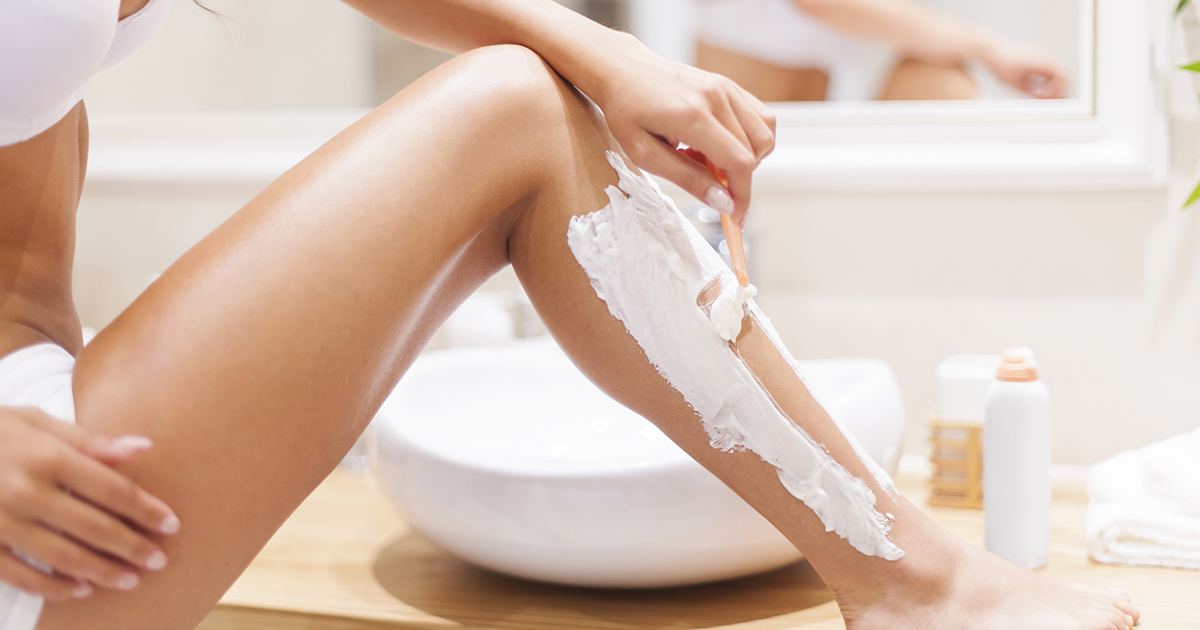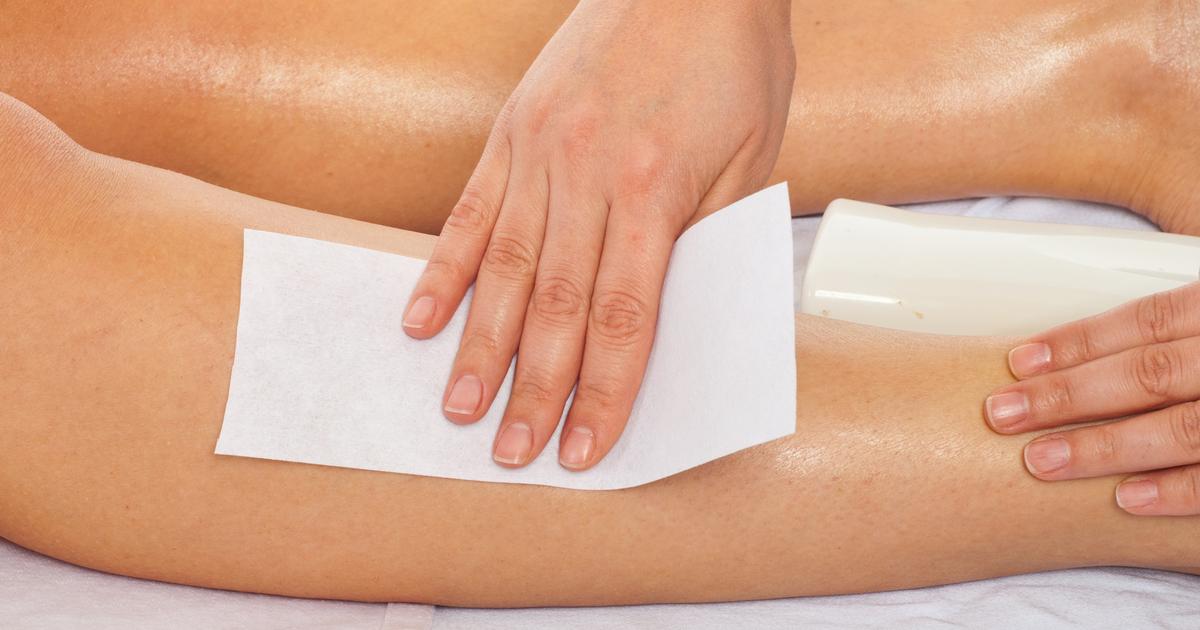Guide To Popular Hair Removal Techniques
Unwanted hair on the face and other parts of the body can be a pain for many individuals. Patients may choose to remove unwanted hair at home, though certain hair removal techniques are provided at dermatology offices and spas. When selecting a hair removal technique, individuals must consider the location of the unwanted hair and how frequently the process may need to be repeated.
As certain techniques may cause more pain than others, sometimes patients consider taking pain medications. They may also need soothing creams after hair removal. Hair removal is an excellent way to deal with unwanted lip hair and other areas of unwanted hair. Of course, hair removal cost is a significant factor, especially with techniques such as laser hair removal and electrolysis. Patients who have skin conditions or other health concerns may want to ask a doctor or dermatologist about the safest hair removal methods for their needs.
Shaving

Shaving is one of the oldest methods of removing unwanted hair at home. Individuals may choose to shave with a razor or an electric shaver. Shaved areas generally remain hair-free for one to three days. Shaving is suitable for removing hair anywhere on the face and body. It is important to wet the skin before shaving, and patients should always apply soap, lotion, or shaving cream to the area as well. The hair should be shaved in the same direction as it grows to prevent issues such as ingrown hairs. Razors should be replaced once they become dull to reduce the risk of cuts. Some individuals who shave could develop ingrown hairs. These are most common in the bikini area. Patients should monitor their skin for redness or other signs of infection if they have ingrown hairs. Hair that has been shaved does not become coarse when it grows back.
Reveal more popular hair removal techniques now.
Waxing

Waxing provides longer-lasting results than shaving, and it can be performed at home or a spa. This technique involves spreading warm wax on the skin and covering the area with thin strips of cloth. Once the wax dries, the strips are quickly pulled off the skin, removing the wax and underlying hair. Certain types of wax are suitable for use without cloth strips. Waxing kits designed for home use typically include strips that already have wax applied to them. Waxing is a suitable hair removal technique for any part of the body. The face, underarms, legs, and bikini area are some of the areas that are most commonly waxed.
Waxing keeps areas free of hair for between three to six weeks. Since hair needs to be at least 0.25 inches long for effective waxing, patients should let their hair grow for a few weeks before using this technique. Occasionally, waxing could result in infection around the patient's hair follicles. This is more likely to occur for patients who wax infrequently. Bumps and redness in the waxed area could develop as well, and these side effects are usually minor and temporary.
Continue reading to learn more about popular hair removal techniques now.
